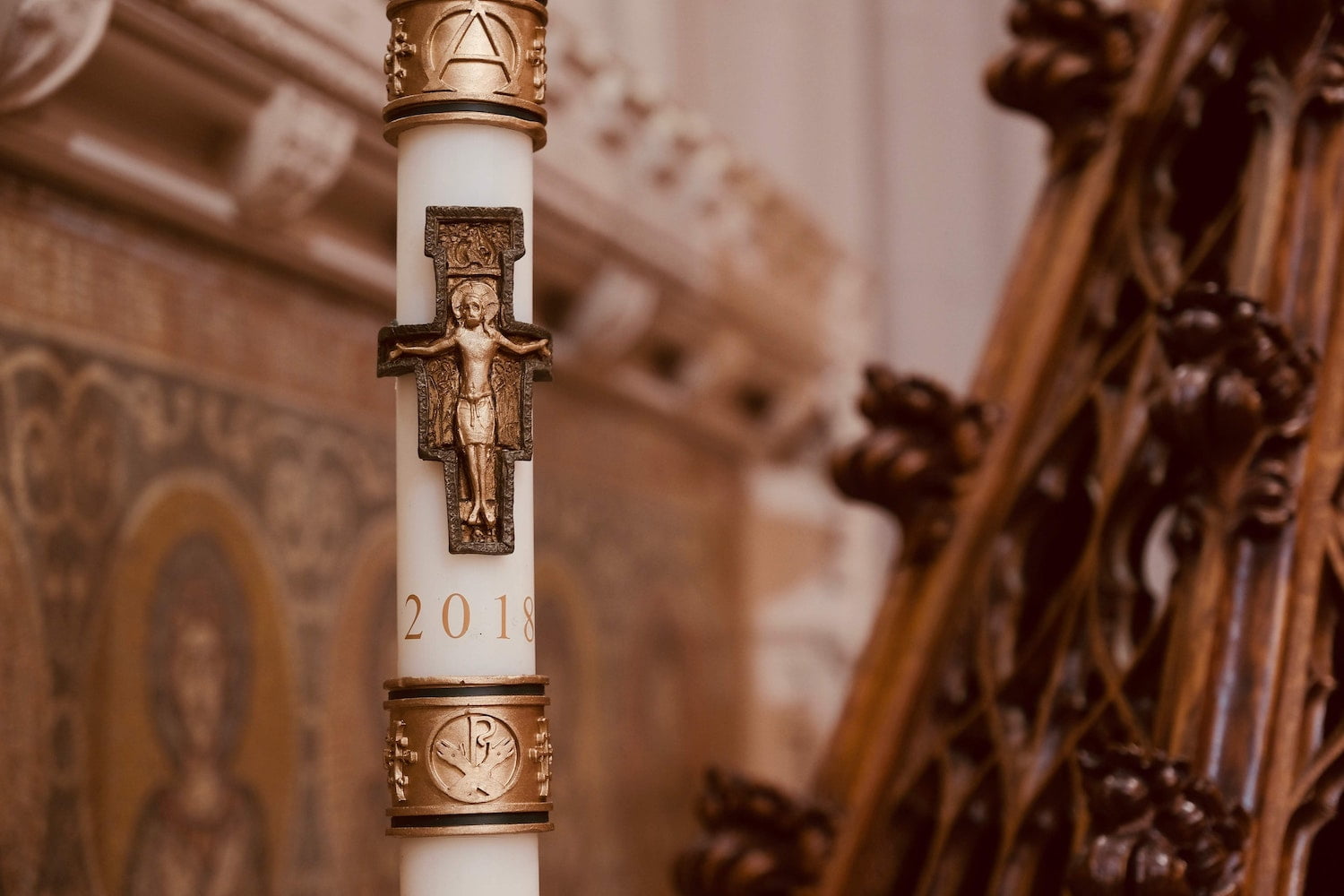EASTER OCTAVE
The celebration of the Easter week including the following Sunday – called Easter Octave – is attested very early and the first testimonies come from the 3rd / 4th centuries. The chronology of John’s gospel provides scriptural support (John 20:19-20 talks about an apparition of Jesus on the eighth day). The pilgrim Egeria reports that the Christian community in Jerusalem used to commemorate the resurrection of Christ for eight days by celebrating the liturgy in the Ascension Church and by going in procession to the Resurrection Church. These celebrations included readings from the gospels about the apparitions of the Risen Christ.
BAPTISMAL INSTRUCTIONS AND RENEWAL OF BAPTISM
Easter week received a particular emphasis as a result of the celebration of baptism during the Easter Vigil. The daily celebration of the Eucharist included instructions for the newly baptized and gradual introduction in the understanding of the sacraments received during the Easter vigil. These instructions are called mystagogical catechesis and many of them have been preserved. The most famous ones are those from bishop Cyril from Jerusalem (+387).
The newly baptized would not take bath for one week after Easter and they would wear their white albs until the Sunday after Easter. Thus the whole week was called White Week (hebdomada in albis) and the Sunday after Easter when the newly baptized put the white garments aside was called White Sunday (Dominica in albis).
EASTER SEASON
The four gospels preserve a variety of accounts about the apparitions of Jesus after his resurrection to his disciples and women and these apparitions are connected with different locations (at the tomb, on the way to Emmaus, in the upper room, at the Sea of Tiberias). Even the instructions vary: go and announce to Jesus’ brothers, return to Jerusalem… Jesus gives the Holy Spirit on the evening of the very first day (John 20) or after 50 days (Acts 2). All of these evidence that Easter is not just a punctual event, but rather it includes a large timespan of apparitions of the risen Christ and reflection of the Church.
Already the 2nd century testifies to the celebration of 50 days after Easter (Greek: pentekoste, Lat.: quinquagesima, also tempus paschale). This entire time is celebrated as one festive day, determined by Christ and his passage through death to resurrection which also includes the passage of the Christians.
The fifty days are to be celebrated as Easter and they all count as one Sunday.
Ambrosius
However, this unified understanding of the Easter mysteries, which unites cross and resurrection, eventually got lost. More and more the accent was placed on the glorification of Jesus, while the message about the cross was left being overlooked. This situation probably resulted from certain theological developments of the early Church, where more and more emphasis was being placed on the divinity of Christ, while his humanity was being overlooked. As a result, even the suffering and death of Christ were being understood just as foreplay of the events of his resurrection.
LITURGICAL CUSTOMS
These fifty days used to stand in the center of attention of early Christianity. It was forbidden to kneel down and to fast during these days. Further, the chanting of halleluiah was frequently repeated during the liturgy and the Easter candle was lit as a symbol of the risen Lord present in the community of the faithful. After the fifty days, the Easter candle is moved to the baptismal chapel / baptisterium and baptismal candles are lit from it during baptismal celebrations. The Easter candle is also lit during funeral celebrations as a symbol of resurrection.


